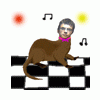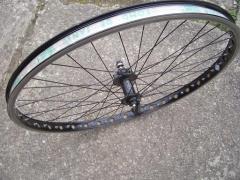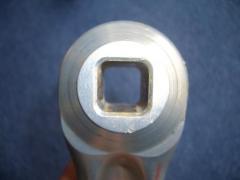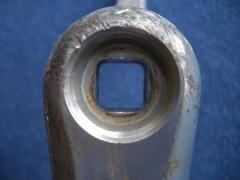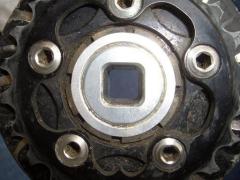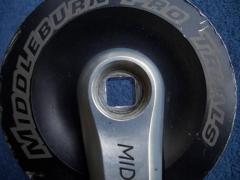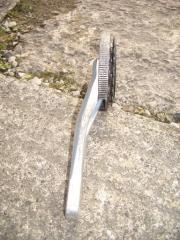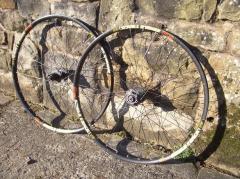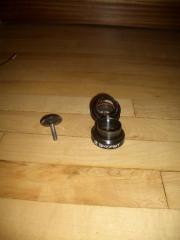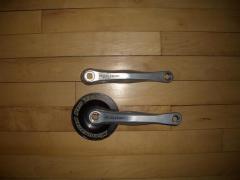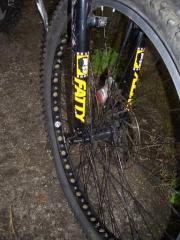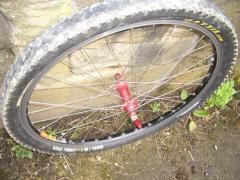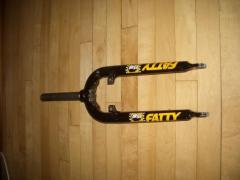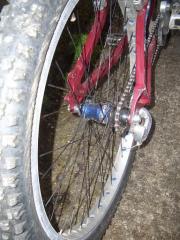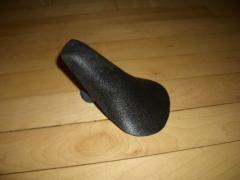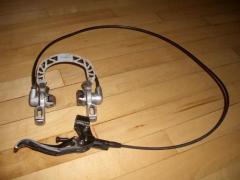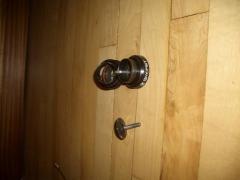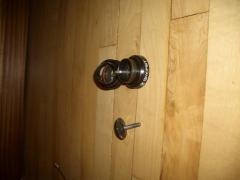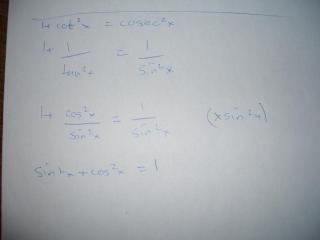-
Posts
520 -
Joined
-
Last visited
mink's Achievements

Trials King (4/9)
0
Reputation
-
Now look at that same (X,Y) point on the lower diagram, which is now within the Red triangle. See how far it's within the Red?
In looking at the top diagram, your eye tends to assume that it's one giant triangle made up of 4 pieces. But hold a piece of paper up, with the edge along that diagonal line, and you'll see that it's really not one straight line after all!
-
difference between that inward bend and the outward bend, when spread across that line, actually amounts to one whole square. (the math is easy on this, trust me)
To further prove it, look at the point of inflection on the top diagram (where the red triangle touches the green triangle.) In the top diagram, it's exactly on the interersection of lines on the grid.
-
with a small inward bend. Two straight lines, but meeting at a wide angle (not quit 180 degrees, which would be a straight line.. more like 179 degrees (estimated))
In the second diagram, it's a small "outward bend" along that same edge. (it's two straight lines again, but they do not run at the same slant relative to the page, so they meet at an angle.)
The d
-
i was reading the maths thingy that you posted back in 2005 and found the answer (:
The answer is that the two diagrams don't take up the same amount of space elsewhere. It LOOKS like the top 4 pieces make up a triangle, when in fact it's really a 4-sided figure. The diagonal "line" runnning along the top left (of the first diagram) is actually two line segments with a small i


